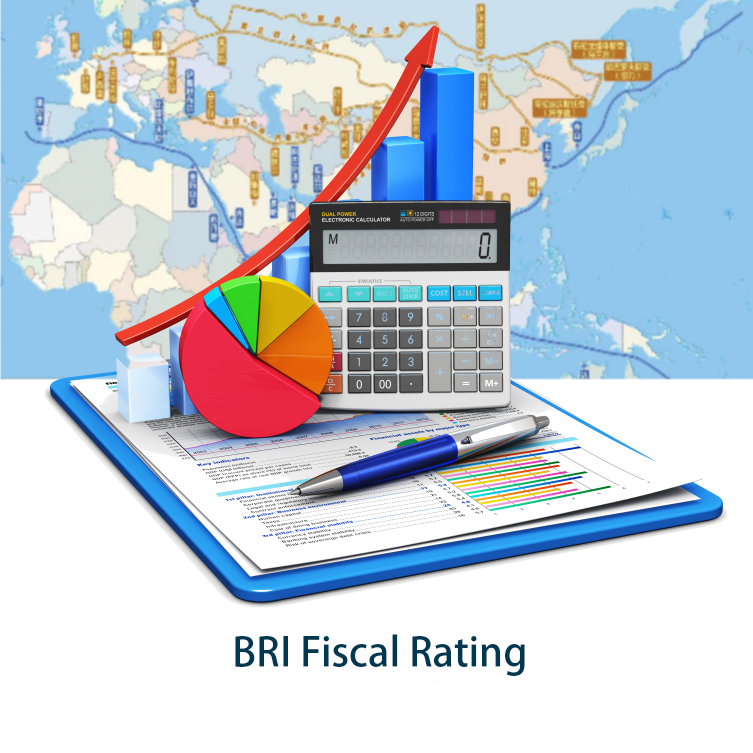Actuarial Scheme
The FRC is the independent disciplinary body for actuaries. In contrast to the Accountancy Scheme, the FRC does not investigate matters relating to the conduct of actuarial firms. The Actuarial Scheme operates independently of the professional bodies.
The most recent version of the Actuarial Scheme was effective from January 2021 and reissued in March 2021. On this page we set out:
the scope of the Actuarial Scheme;
an outline of the disciplinary process;
links to the Actuarial Scheme itself and other supporting documents.
Scope of the Actuarial Scheme
The Actuarial Scheme covers Members of the Institute and Faculty of Actuaries and former members of the Faculty of Actuaries (prior to it's merger with the Institute of Actuaries).
The FRC will commence an investigation into a Member if:
the case raises or appears to raise important issues affecting the public interest in the UK; and
there are reasonable grounds to suspect that there may have been misconduct.
The decision to investigate is made by the Board or it's Conduct Committee. Public interest considerations as to whether to take on an investigation include (but is not limited to):
the impact on a significant number of people in the UK;
the loss / potential loss of significant sums of money;
whether the conduct undermines confidence in financial reporting or corporate governance in the UK.
Outline of the Actuarial Scheme
The Actuarial Scheme and Actuarial Regulations contain the detailed rules which govern how cases are dealt with by the FRC. We have set out a summary of the key stages below:
1. Initial enquiries / Referral: The FRC can start a disciplinary investigation in one of two ways:
a referral from a professional body;
or an investigation of it's own accord. These cases are identified by the Case Examination and Enquiries team.
In each case, the FRC’s Board or it's Conduct Committee will decide whether the criteria for an investigation is met. If it is, the Board or Conduct Committee as applicable will refer the case for an investigation and will also decide whether the fact of an investigation should be published.
2. Investigation: the Executive Counsel’s investigation will be conducted by an in-house team of lawyers and forensic accountants, usually culminating in an Investigation Report. Executive Counsel may also instruct an external expert to provide an expert opinion and engage external Counsel to advise on the merits of the case.
3. At the conclusion of the investigation, the Executive Counsel will deliver a Proposed Formal Complaint if he considers that:
there is a realistic prospect that a Disciplinary Tribunal will make an Adverse Finding against a Member;
and a hearing is desirable in the public interest.
If Executive Counsel considers that any of these two limbs is not met, the process will end there.
4. Representations: Once a Proposed Formal Complaint has been served, the proposed Respondent(s) will have 8 weeks to make any representations.
5. Formal Complaint: If, having reviewed any representations and Executive Counsel remains of the view that:
there is a realistic prospect that a Disciplinary Tribunal will make an Adverse Finding against a Member;
and a hearing is desirable in the public interest,
then Executive Counsel will deliver a Formal complaint against the Member.
6. Tribunal: A Disciplinary Tribunal will be appointed to hear the Formal Complaint. At a hearing, the Disciplinary Tribunal will either make an Adverse Finding in respect of part or all of the alleged Misconduct, or dismiss the Formal Complaint. Where an Adverse Finding has been made against a Member, a Disciplinary Tribunal may impose a sanction.
7. Settlement: At any stage after the commencement of an investigation but prior to any final determination of the Formal Complaint, Executive Counsel may enter into settlement discussions with a Member in respect of a part or the whole of any alleged misconduct.



















































First, please LoginComment After ~